Affiliate links on Android Authority may earn us a commission. Learn more.
Move over, notch: 2019 will be the year of display hole cameras
Published onDecember 8, 2018
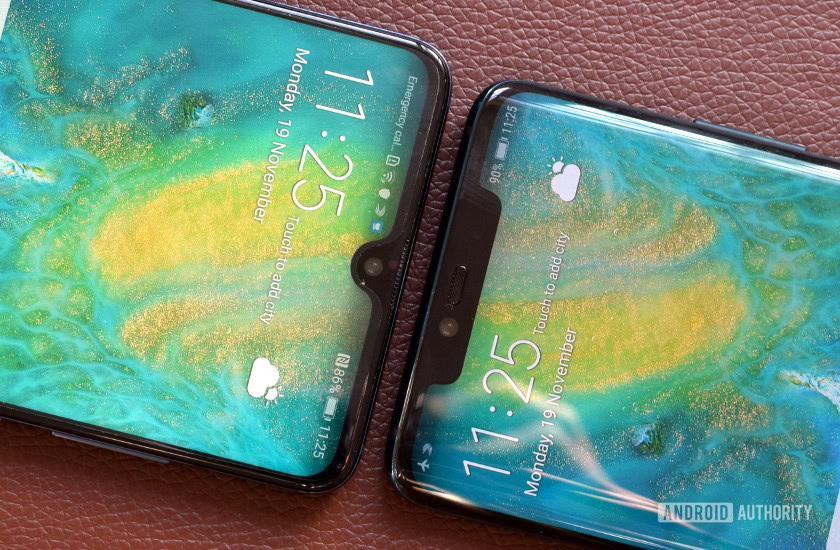
Regardless of our collective thoughts on it, the notch wasn’t devised expressly to make us hate smartphones. Smartphone OEMs have tried for years to optimize the space on the front of their handsets: larger displays on smaller frames look nicer and use less space. This trend towards efficiency occurs in every field; unnecessary parts are chopped until only what’s useful remains. The notch was only ever a pitstop on the road to full-screen phones.
It just also happened to be one of the least popular smartphone concepts ever.
Fear not, notch-haters, its time is almost up. There’s a new kid on the block, and its name is… well, actually, it doesn’t have a standard name yet. We’re calling it the “display hole” camera although some in the media have also referred to it as the “punch hole” camera look.
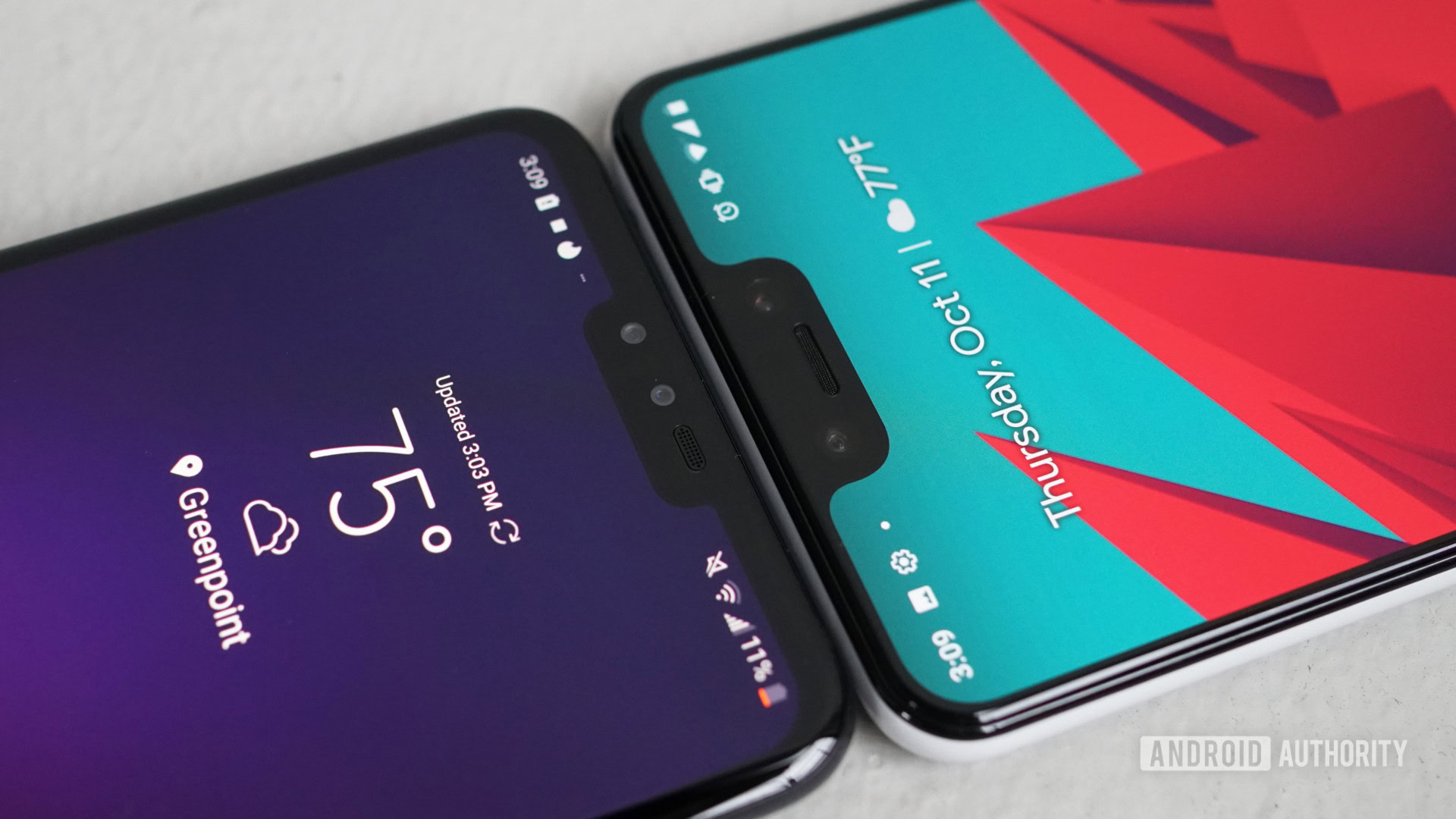
Display-what-now?
The display hole (or display hole camera, or camera hole) is an upcoming smartphone screen feature for housing the front-facing camera(s). Like the notch, this is a cut out portion of the physical display. However, it differs from the notch in that this cutout area is not part of the phone’s outer frame. It sits within the display with the screen surrounding it.
Though we haven’t seen a smartphone with such a screen hit the market yet, there are several indications it will be common on 2019 Android phones.
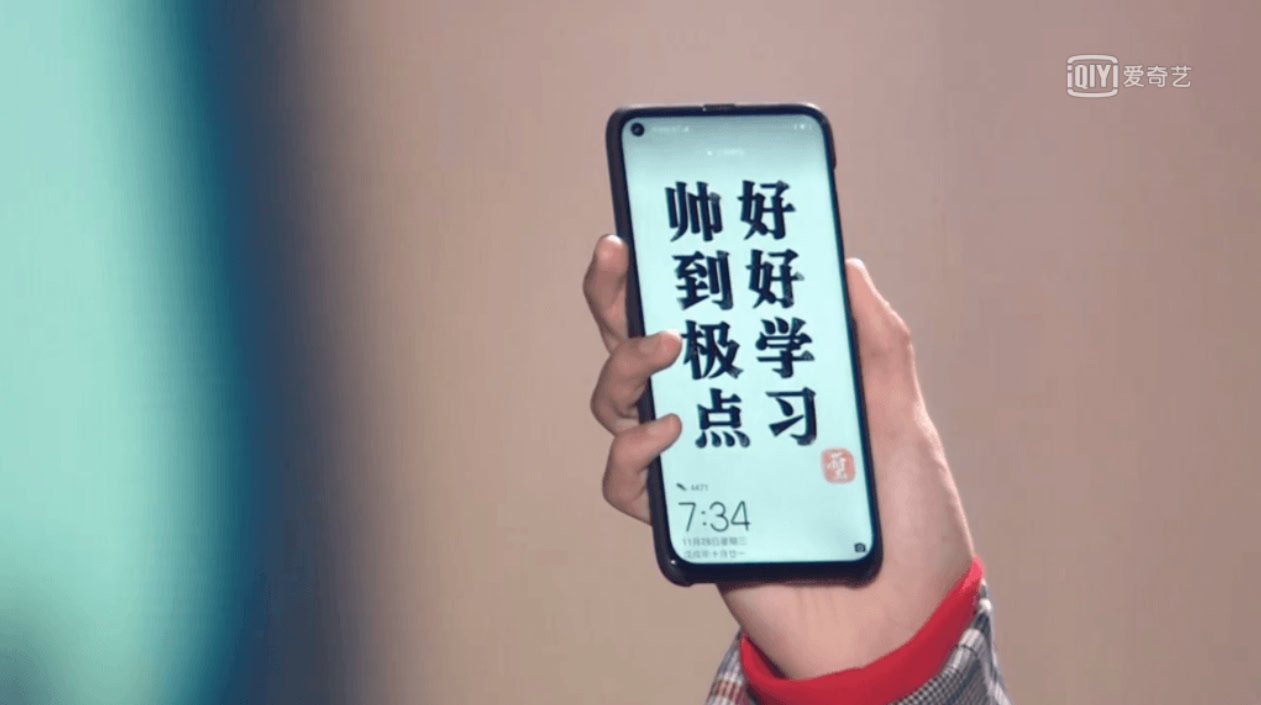
Supposed superiority
The display hole cutout is perceived as a superior solution to the notch as a less intrusive way to support the front-facing camera. Naturally, manufacturers will be keen to pursue this “better” product to increase sales. However, its advantages are up for debate.
Judging by the renders, hints and final phones we’ve seen so far, the space between the display hole and the edge of the phone won’t be of much use. Just look at the image below and consider what could be achieved in the tiny section separating the frame and the top of the cutout:
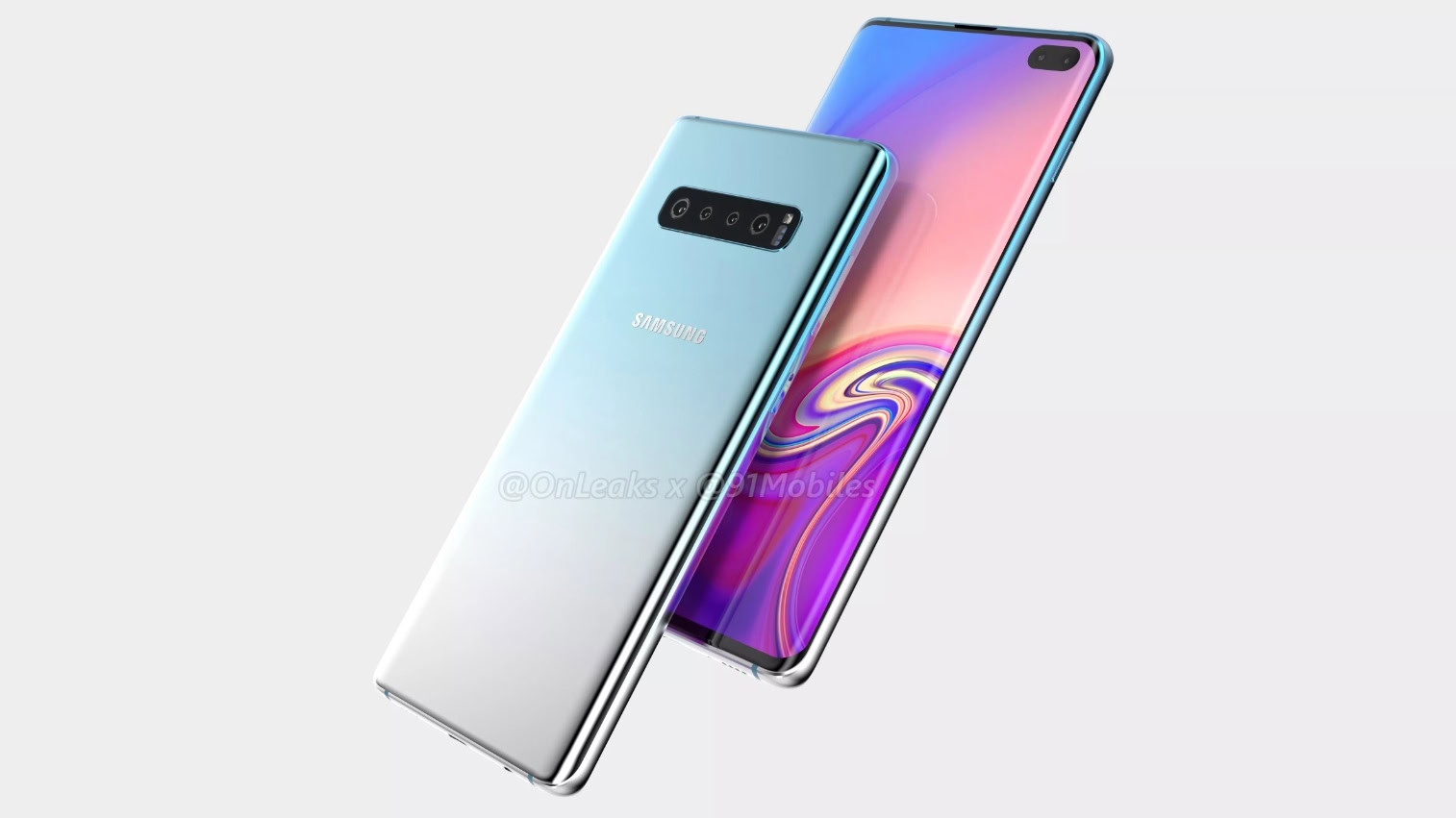
Because this camera hole isn’t built into the display’s edge like the notch, it also means it may be more distracting. This display hole might be only another few millimeters further inwards than the notch, but on small displays that could be significant. Think about how annoying a fly on the edge of the screen is, compared to one closer to the center.
Despite this, Samsung, Huawei — and I suspect most OEMs — see holes as the next evolution of smartphone displays. Samsung revealed this last month at its developer conference, while HUAWEI has highlighted the feature in promos.
Their pursuits, in particular, could be formative in ensuring its adoption in 2019.
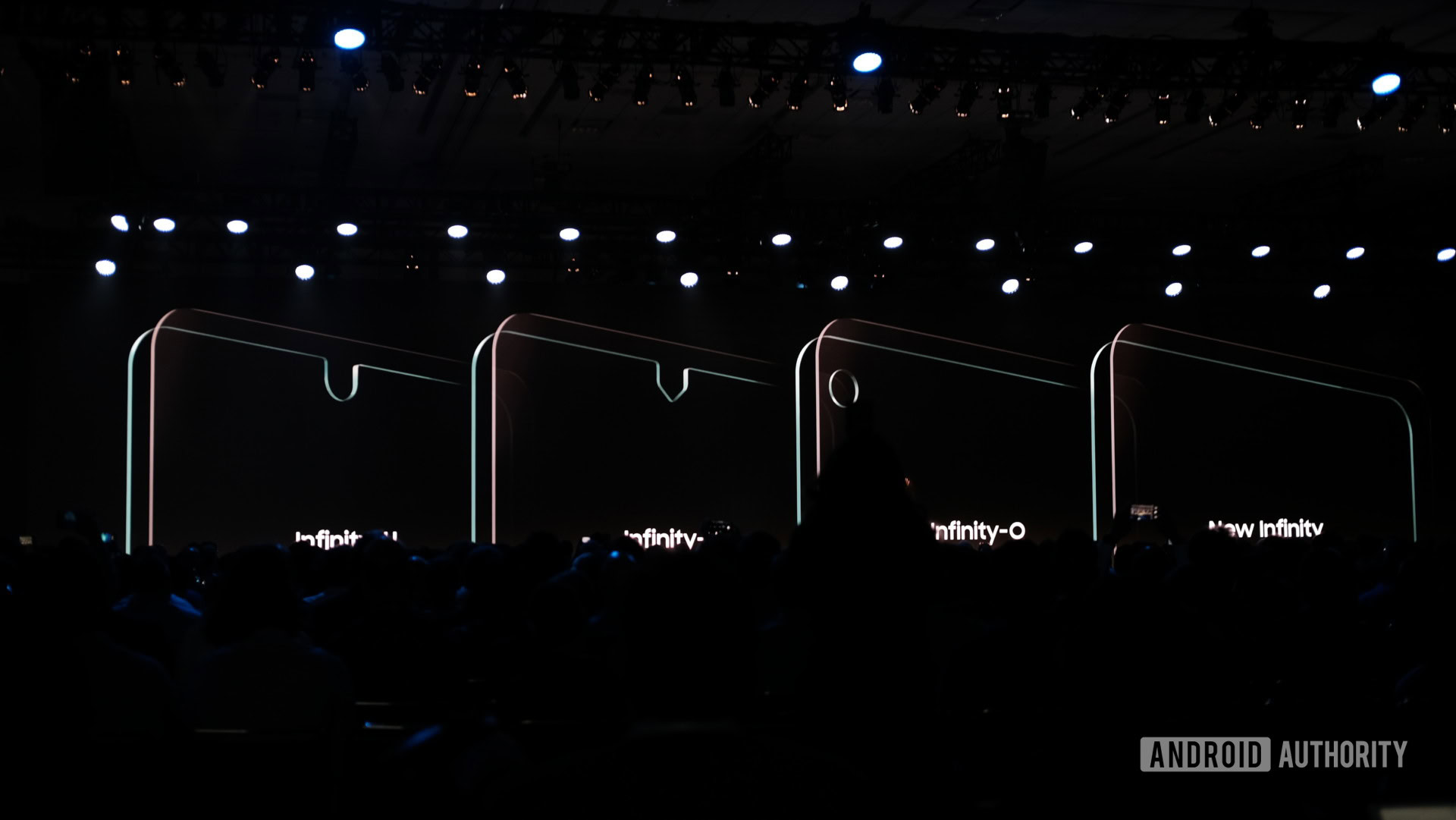
Pressures and incentives
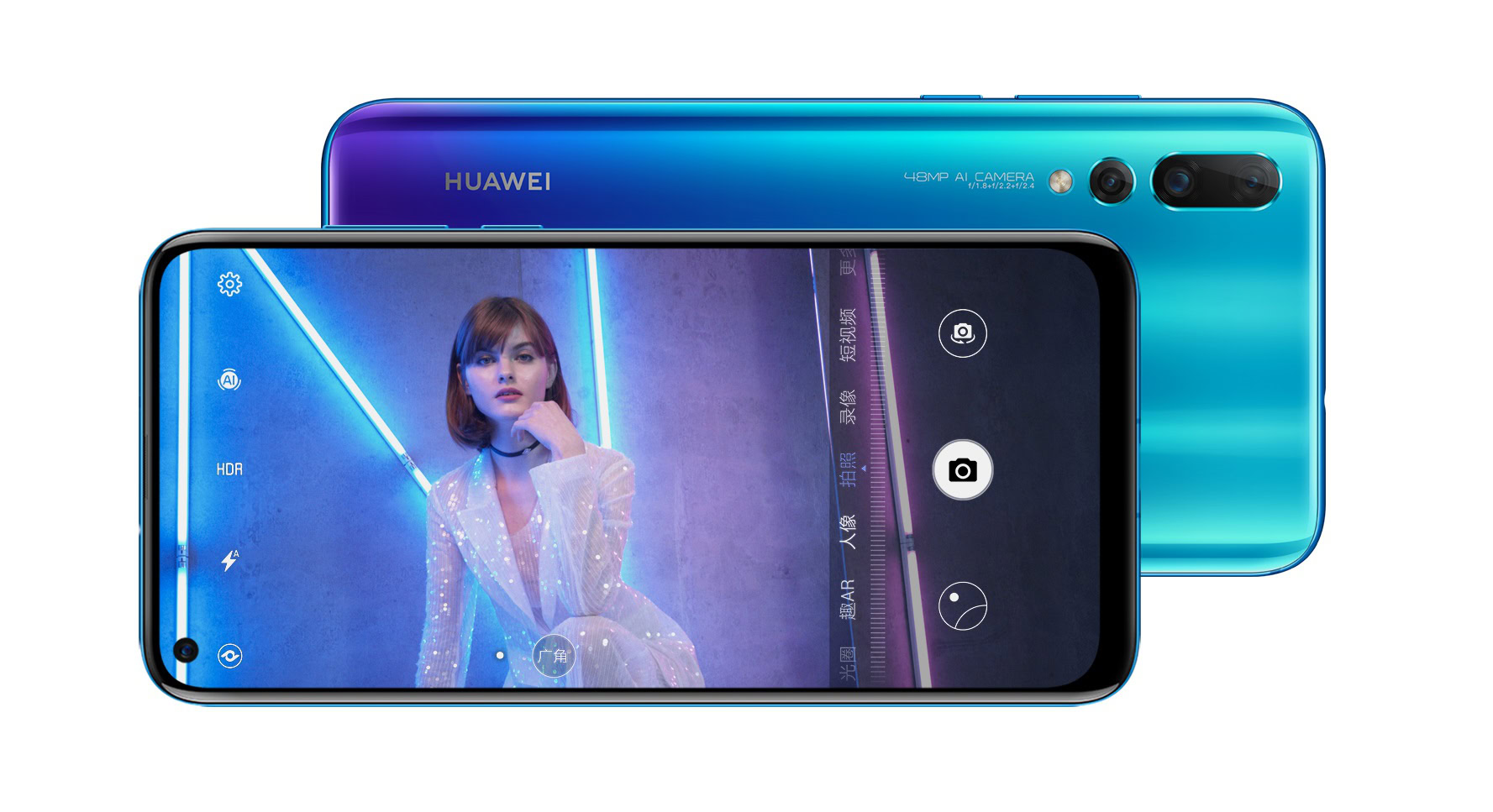
HUAWEI has launched a phone with a display hole, the Nova 4, in December 2018 and another phone with a punch hole design, the HONOR View 20, went on sale in January 2019. The global number one smartphone manufacturer, Samsun, has already launched a display hole phone in some markets, the Galaxy A8s, and the upcoming Galaxy S10, is likely to have a punch hole when it is officially announced on Feb. 20.
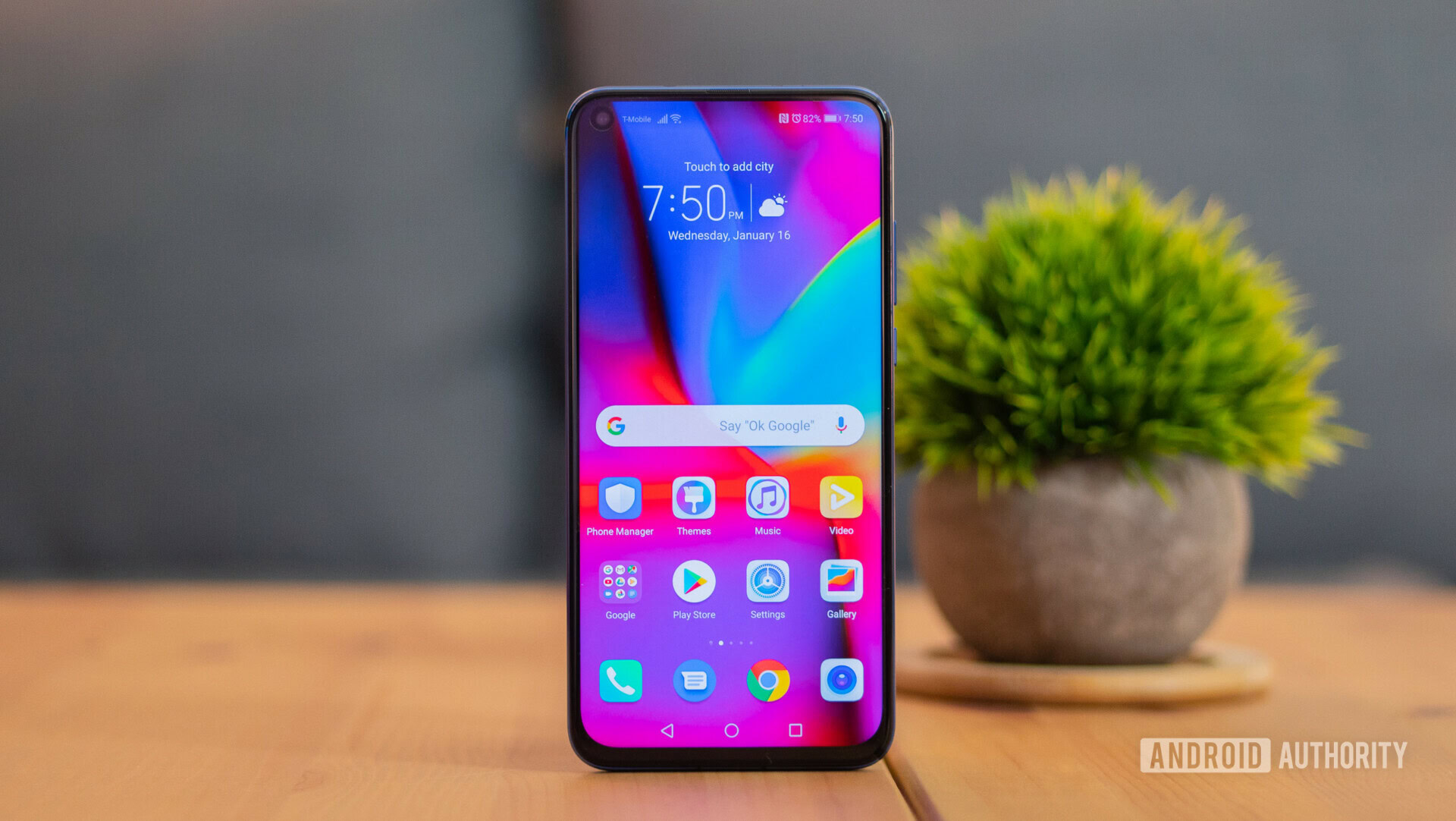
Other upcoming phones have been revealed or leaked with the display hole design on the front, including the Nokia 8.1 Plus, the Nokia 6, the Hisense U30, and the Motorola P40. All of this display hole usage may kickstart a similar movement.
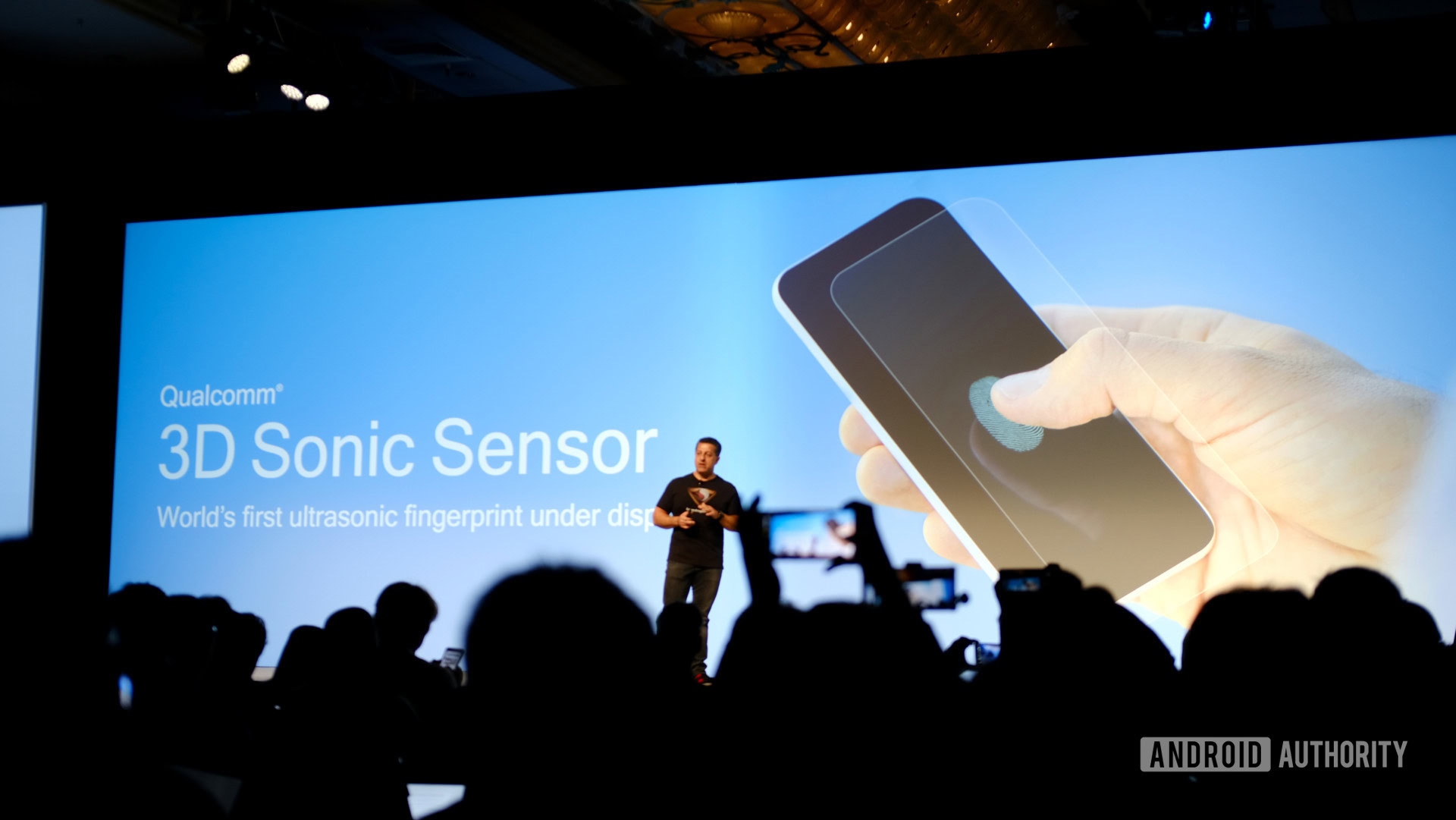
Despite the notch being widely criticized, it appeared on many of this year’s phones. Here’s a list of just a few, all of which were released within a year of Apple’s original iPhone X.
Like with Essential and Apple’s notch adoption, Samsung and HUAWEI’s display hole usage may kickstart a similar movement.
If the display hole or punch hole design is used by Samsung in more phones, it may pressure other OEMs into adopting it. No manufacturer wants to be caught trailing behind while others offer hip, new technologies.
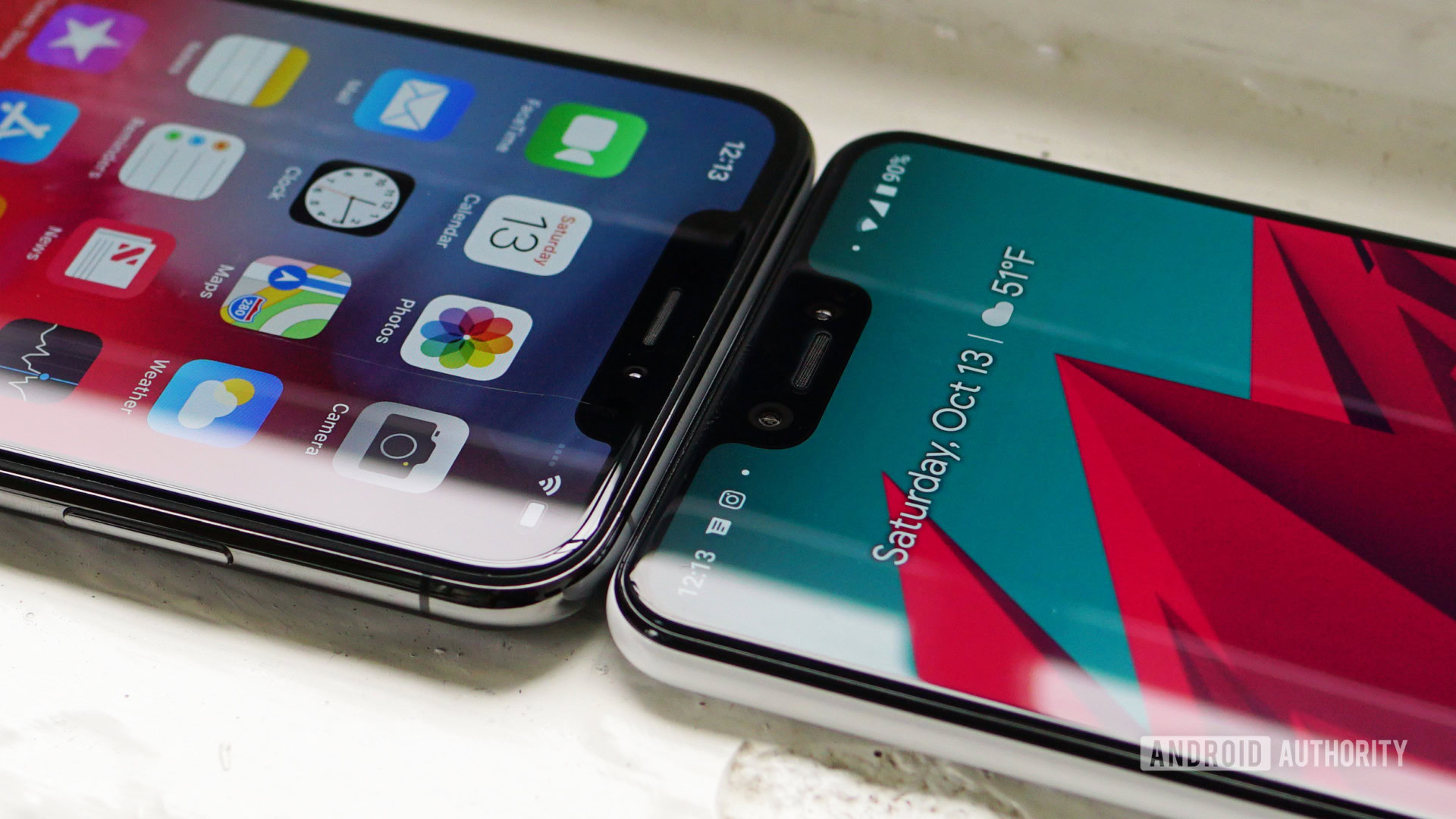
A hole in the wallet?
One facet of new technologies that can hinder their adoption is associated costs. The phones on the list above are generally pretty expensive, but the notch even made it to phones costing as little as $150.
I can’t testify to the manufacturing costs of making a display hole versus a display notch. The hole seems trickier and therefore more expensive. If it’s considerably pricier, it may only make it into the priciest phones. However, there are some indications that this won’t be a premium-only feature.
Huawei’s sub-brand HONOR launched the HONOR View 20 handset in January, with a starting price in China of 3,000 yuan (~$445) HONOR’s phones can be expensive, but they are often more reasonably priced than flagship offerings of other Android OEMs. The notch-toting HONOR Play went on sale in August for 329 euros (~$375), undercutting phones like the Pixel 3 XL ($899) and even the OnePlus 6 ($529) by a significant margin.
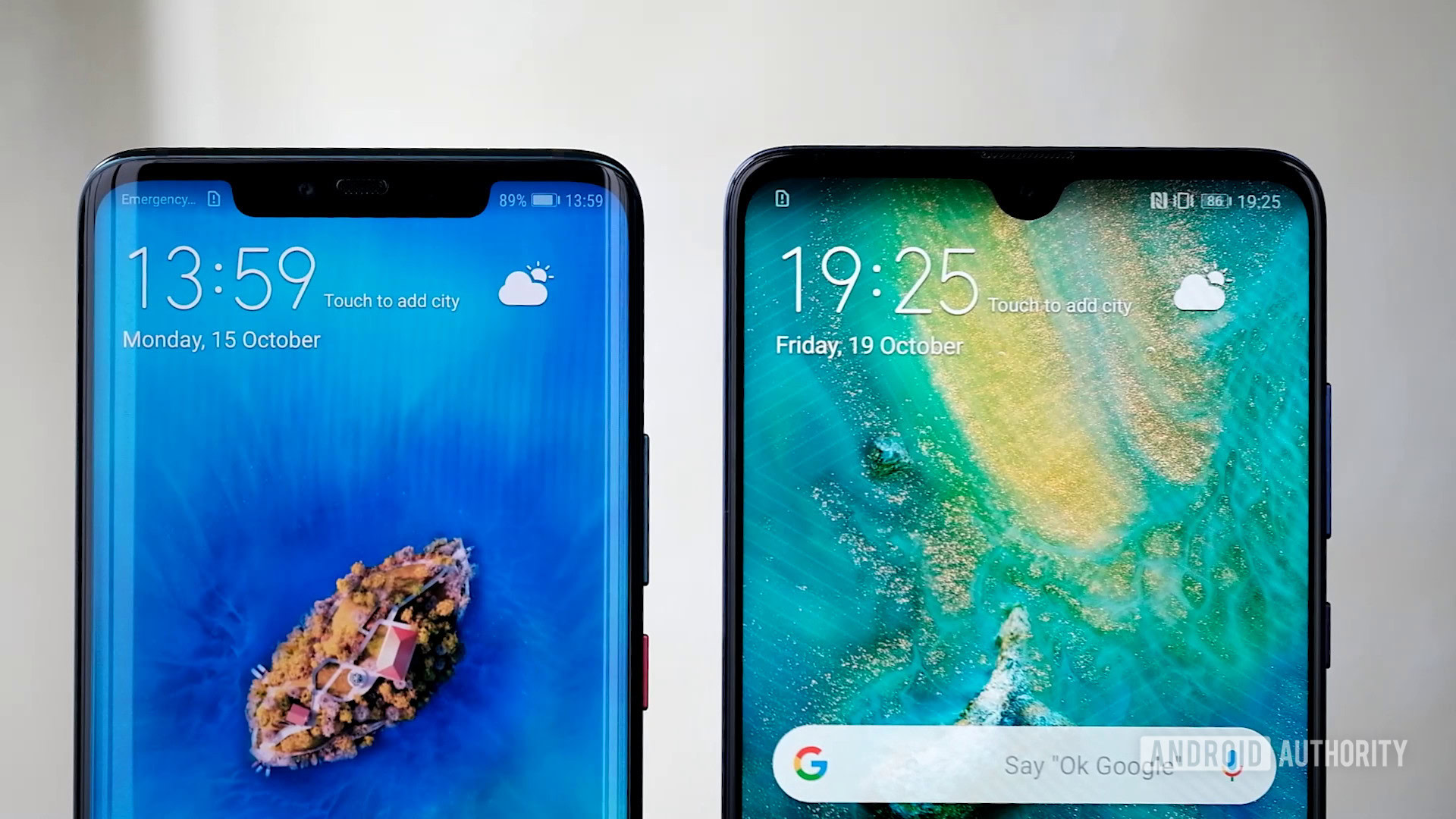
We already have some clues that the display hole won't be a premium-only feature.
If the display hole is a viable mid-tier option, I suspect lots of OEMs will adopt it to try standing out in that fiercely competitive segment.
Smartphone manufacturers ultimately want devices with fullscreen displays. Such handsets will likely arrive within the next two years. Until they can be successfully implemented — and are financially viable — OEMs will continue to maximize the display area however they can.
Manufacturers probably won’t drop the notch entirely next year — it might be the next best option if display holes prove too expensive. However, I think display holes will outnumber display notches on the major Android flagships, so I hope you like them.
Whatever form displays take in 2019, one thing is certain: Android OEMs won’t keep notches around just to please fans. They didn’t with the 3.5mm headphone port and that was an actually popular fixture.